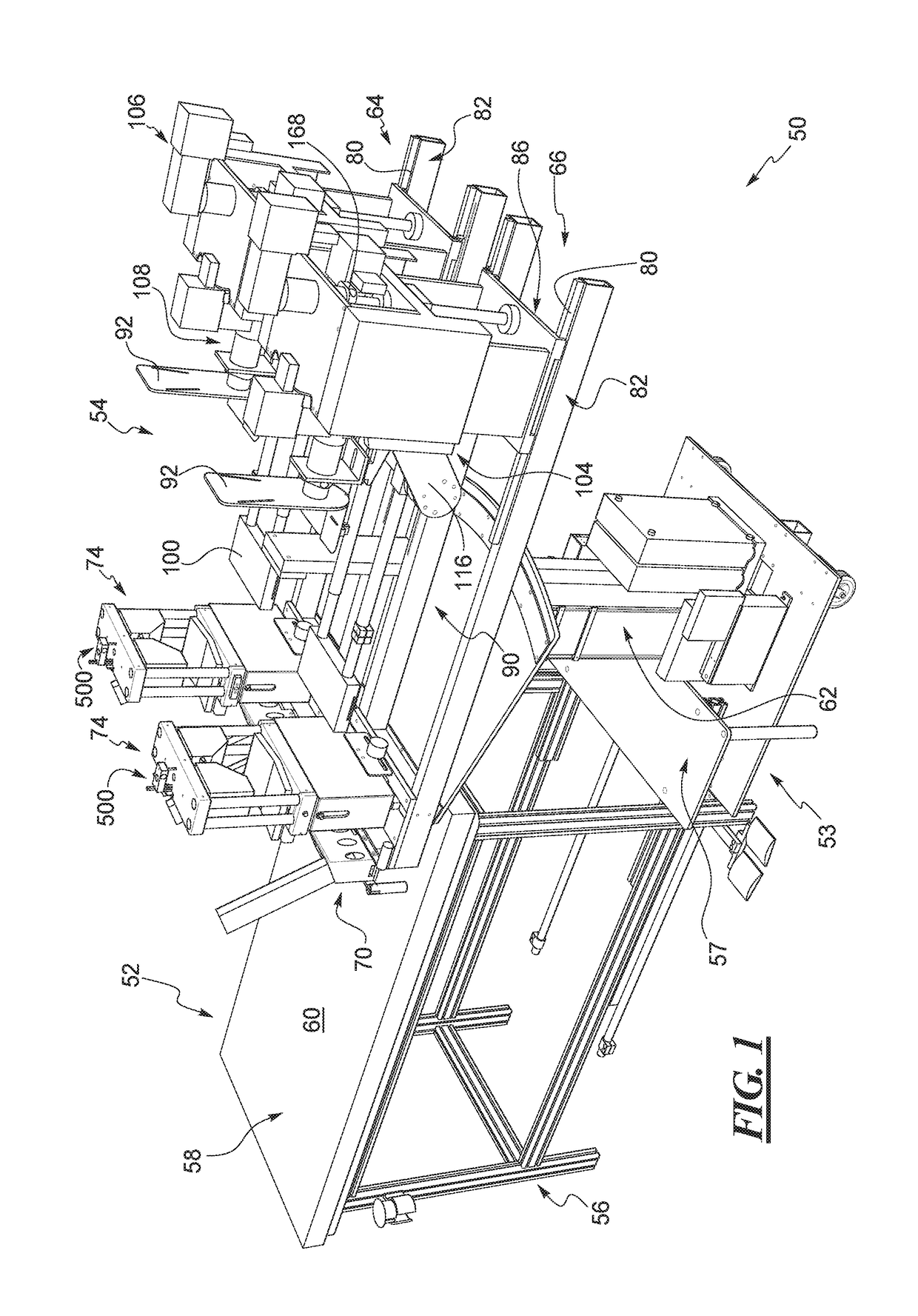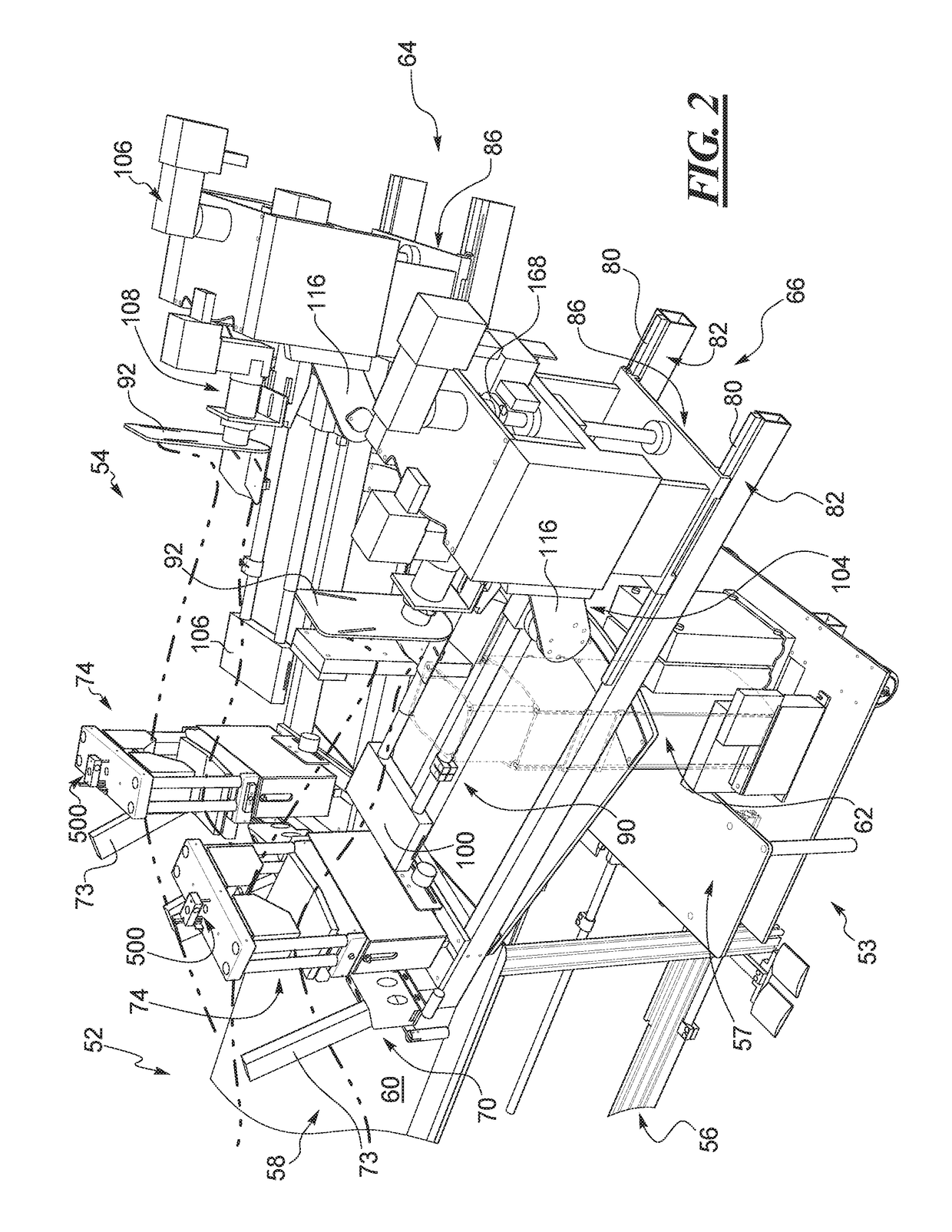Floating patella sensor, knee stabilizer with same and robotic knee testing apparatus with same
a technology of knee stabilizer and patella sensor, which is applied in the field of floating patella sensor for joint stabilizer, can solve the problems of damage to one or more structures, inability to quantify the increase or decrease in joint play of the knee with limited success, and inability to accurately measure the impact of the knee. , to achieve the effect of accurate, objective, reliable and/or reproducible measurement of the impa
- Summary
- Abstract
- Description
- Claims
- Application Information
AI Technical Summary
Benefits of technology
Problems solved by technology
Method used
Image
Examples
Embodiment Construction
[0057]The disclosed floating patella sensor, knee or patellar stabilizer, and robotic knee testing (RKT) apparatus (i.e., one form of a joint manipulation and evaluation apparatus) solve or improve upon one or more of the above noted and / or other problems and disadvantages with prior known knee testing devices. In particular, the disclosed knee stabilizer and RKT apparatus utilize a floating sensor that determines the degree of residual femur movement during knee testing while the femur and patella are held in place by the knee stabilizer. The floating sensor can be connected to a processor of the RKT apparatus or an external computer. Data obtained by the floating sensor related to such residual movement of the femur and patella can then be used within the processor to account for such residual movement in the diagnosis of the knee joint. The disclosed floating sensor, stabilizer, and evaluation apparatus can also be further developed and used to evaluate joints other than knee joi...
PUM
 Login to View More
Login to View More Abstract
Description
Claims
Application Information
 Login to View More
Login to View More - R&D
- Intellectual Property
- Life Sciences
- Materials
- Tech Scout
- Unparalleled Data Quality
- Higher Quality Content
- 60% Fewer Hallucinations
Browse by: Latest US Patents, China's latest patents, Technical Efficacy Thesaurus, Application Domain, Technology Topic, Popular Technical Reports.
© 2025 PatSnap. All rights reserved.Legal|Privacy policy|Modern Slavery Act Transparency Statement|Sitemap|About US| Contact US: help@patsnap.com



